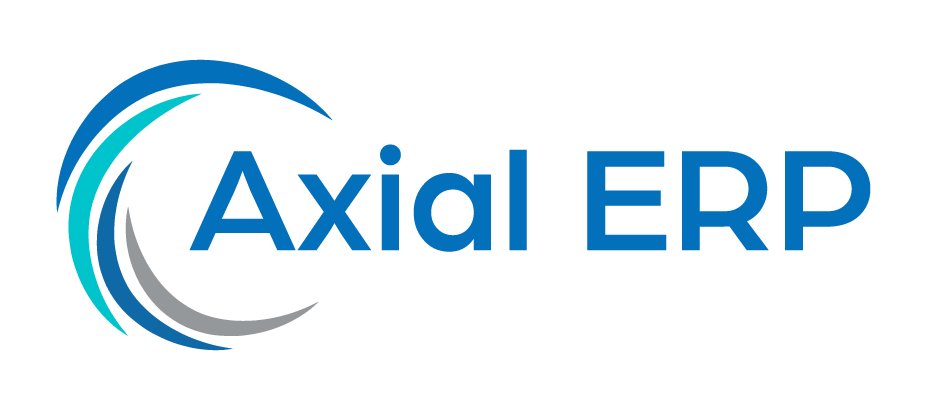Empowering Mergers and Acquisitions Dynamics with ERP Systems
Mergers and acquisitions (M&A) are strategic processes that can significantly transform the involved companies. The effective integration of operations, culture, and systems can be a considerable challenge. In this context, enterprise resource planning (ERP) systems play a crucial role in facilitating and ensuring the success of these complex transitions.
The Importance of ERP in Mergers and Acquisitions
ERP systems are software platforms that integrate and automate many of the business practices associated with a company’s operations. These systems become essential in the context of M&A as they provide a unified framework for data management and business processes, facilitating the integration and strategic alignment of merged companies.
Data and Process Unification
One of the main advantages of ERP systems in the context of M&A is their ability to unify data and processes from different entities. This is crucial for consolidating financial, operational, and customer information, enabling a holistic and coherent view of the combined business.
Improved Decision Making
ERPs offer advanced analytical tools that help managers make data-driven decisions. This capability is especially valuable during and after an M&A, when strategic decisions must be made quickly and accurately.
Process Optimization
The standardization and automation of processes offered by ERP systems are crucial for eliminating redundancies and improving operational efficiency in a new business entity. This is particularly important when integrating companies with different cultures and work practices.
Challenges and Considerations in ERP Implementation
Implementing an ERP system during an M&A is not without its challenges. Choosing the right system, customization to meet the specific needs of the new entity, and change management are critical aspects that require careful planning and expert execution.
Choosing the Right ERP System
Selecting an ERP system that can adapt to the structure and needs of the combined company is essential. Scalability, compatibility with existing technologies, and ease of integration with other systems should be taken into account.
Customization and Configuration
Customizing the ERP to reflect the specific processes and policies of the company is a critical step. This may require significant development and module configuration to align them with the strategic objectives of the merger or acquisition.
Change Management and Training
Adopting a new ERP or migrating to a common system can be a significant change for employees. Effective change management and proper training are essential to ensure a smooth transition and the utilization of the system’s capabilities.
Best Practices for ERP Integration in M&A
To maximize the benefits of ERP systems in M&A, companies should follow a series of best practices, including thorough planning, rigorous testing, and phased implementation.
Strategic Planning
Detailed planning involving all stakeholders is crucial to define objectives and establish a realistic timeline for ERP implementation.
Rigorous Testing
Before full implementation, thorough testing is essential to ensure that the ERP system functions as expected and integrates seamlessly with other systems in use.
Phased Implementation
Implementing the ERP in stages can help mitigate risks and allow for adjustments in the process. This also facilitates change management by allowing employees to gradually adapt to the new tools and processes.
Conclusion
ERP systems have the potential to transform mergers and acquisitions, ensuring efficient integration and supporting strategic growth. However, their success depends on careful implementation, effective change management, and ongoing commitment to process optimization. With proper planning and the right approach, ERPs can be a catalyst for success in the complex world of M&A.



